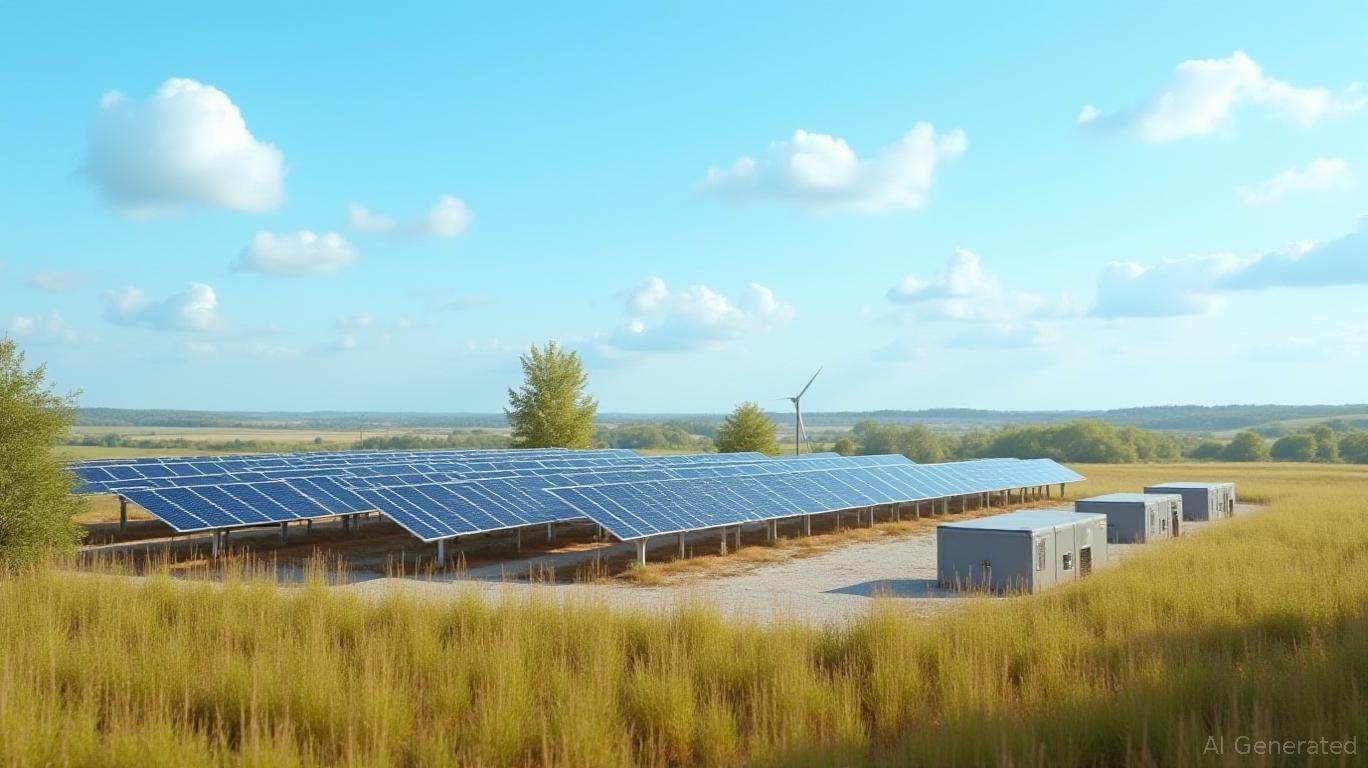Bisalloy Steel: A Resilient Play on Infrastructure and Renewables?
The Bisalloy Steel Group (ASX:BIS) has long been a cornerstone of Australia’s industrial landscape, supplying high-strength steel products to sectors as diverse as mining, construction, and defense. While its share price has lagged behind broader market indices in recent years—dropping 35% from its 52-week high in July 2024—the company’s latest financial updates suggest a compelling story of resilience and strategic growth. Is the market underestimating BIS’s potential, or are there hidden risks investors should avoid? Let’s dissect the fundamentals.
A Strong Operational Foundation
BIS’s financial performance in FY2025 to date has been robust. Revenue surged 14% year-on-year to $494 million in the first half, driven by demand from construction and manufacturing. EBITDA expanded by 18% to $135 million, while net profit jumped 20% to $78 million, reflecting improved operational efficiency and cost discipline. Even in the latest quarter (Q4 FY2025), revenue climbed 15% to $245 million, with EBITDA up 12% to $68 million. These figures highlight BIS’s ability to navigate rising input costs—such as raw materials and logistics—through pricing strategies and internal cost-saving measures.
Ask Aime: Is the market underestimating Bisalloy Steel Group's potential?
The dividend record further underscores financial strength. BIS increased its interim dividend by 15% to $0.45 per share in early 2025, maintaining a 60% payout ratio while retaining capital for reinvestment. This balance between returns and growth is critical for long-term shareholder value.
Strategic Shifts and Market Opportunities
BIS is not just defending its traditional markets—it’s expanding into high-growth segments. The $80 million renewable energy contract secured in Q4 FY2025 signals a strategic pivot toward sustainable infrastructure, a sector expected to boom as governments and corporations prioritize net-zero targets. Additionally, the company’s $10 million investment in digital transformation—aimed at optimizing project management—hints at a modernization drive to improve operational agility.
The international outlook is equally promising. While domestic sales faced headwinds from port disruptions (a 12.5% drop in Protection Steel volumes), BIS reported stronger sales and margins in Thailand and Indonesia. This geographic diversification reduces reliance on any single market, a key advantage in an era of global supply chain volatility.
The Market’s Skepticism: Valid or Overdone?
Despite these positives, BIS’s share price remains 35% below its July 2024 peak, trading at $3.30 as of April 2025. A key concern is the 17.9% inventory buildup, which suggests caution about demand variability. Port disruptions in Australia have also hampered near-term sales, though BIS’s inventory strategy could position it well for a rebound.
Another point of contention is the P/E ratio of 10.15—below the industry average—implying the market views BIS as undervalued. However, this could reflect skepticism about its ability to sustain growth amid macroeconomic headwinds. For instance, labor shortages and supply chain delays, mentioned in recent reports, could slow project completions and revenue recognition.
Why the Market Might Be Wrong
The pessimism may be overdone. BIS’s fundamentals are solid: a 6.11% dividend yield (among the highest in its peer group), a reduced net debt of $120 million, and a clear strategy to capitalize on renewables and infrastructure spending. The company’s addition to the S&P/ASX 200 index in March 2025 also signals institutional confidence.
Moreover, BIS’s order books grew 25% in FY2025’s first half, pointing to sustained demand. If the company can execute on its “significant contracts” in the second half of FY2025, as management has indicated, revenue could accelerate further. The renewable energy contract alone represents a 3% boost to annual revenue, with upside potential as this segment expands.
Conclusion: A Buying Opportunity for the Long Term?
BIS’s stock presents a compelling case for investors willing to look beyond short-term noise. With a P/E of 10.15 versus an industry average of 14.5, a dividend yield above peers, and a strategic pivot toward high-growth sectors like renewables, the company appears undervalued. The challenges—inventory management and supply chain disruptions—are real but manageable.
The key catalysts ahead include the full FY2025 results (due August 2025), which should clarify execution on major contracts, and progress in resolving port bottlenecks. If BIS can maintain its current profit margins (EBITDA up 4.6% in recent quarters) and capitalize on its renewable energy pipeline, the stock could rebound sharply.
In a market increasingly favoring defensive, dividend-paying stocks with clear growth vectors, BIS’s fundamentals suggest it deserves a closer look. The question is whether investors will reward resilience and foresight—or continue to overlook them.
Final Thought: At current valuations, Bisalloy Steel offers a rare blend of stability and growth potential. For those with a long-term horizon, the stock could prove to be a shrewd contrarian bet.


_442a2dcc1749832873286.jpeg)
_e68fac6d1749831664430.jpeg)






